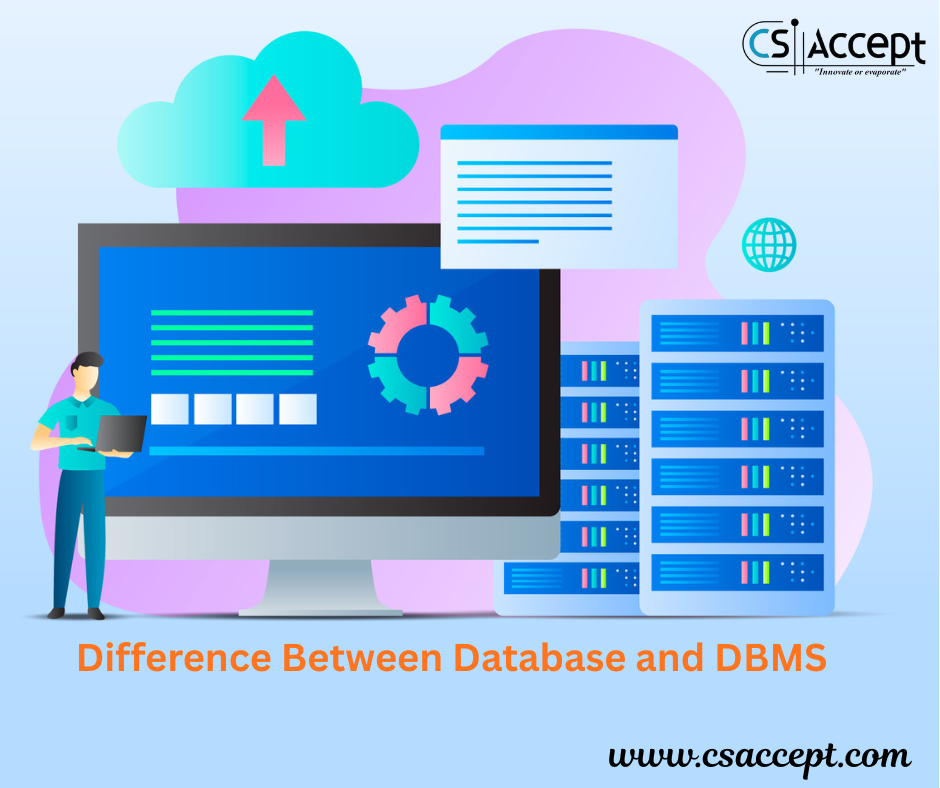
Introduction
In the digital world, where computers and software applications solve problems at lightning speed, the concept of algorithms plays a central role. From a simple calculator to complex artificial intelligence systems, everything is driven by a set of instructions — these instructions are called algorithms.
The term “algorithm” is not new; it dates back centuries and has a strong foundation in mathematics. Today, it serves as the backbone of computer science, data processing, software development, cryptography, artificial intelligence, and countless other domains. Understanding what an algorithm is and how it functions is crucial for anyone studying computer science or working in technology.
Definition of Algorithm
An algorithm is a finite sequence of well-defined instructions or a step-by-step procedure designed to perform a specific task or solve a particular problem. In simple terms, an algorithm takes some input, performs a sequence of computations, and produces an output.
Formal Definition:
An algorithm is a finite, well-ordered set of unambiguous and effective steps that, when executed, produce a result and terminate in a finite amount of time.
Origin of the Word “Algorithm”
The term “algorithm” is derived from the name of the Persian mathematician Al-Khwarizmi, who lived during the 9th century. His work on solving mathematical problems using logical steps laid the foundation for what we now know as algorithms. The Latin translation of his name, “Algoritmi,” eventually evolved into the term “algorithm.”
Characteristics of an Algorithm
For any process to be considered an algorithm, it must satisfy the following characteristics:
- Finiteness
The algorithm must terminate after a finite number of steps. It should not go into an infinite loop. - Definiteness
Each step of the algorithm must be clearly and unambiguously defined. - Input
An algorithm must have zero or more inputs provided before or during execution. - Output
An algorithm must produce at least one output. - Effectiveness
All operations must be sufficiently basic and feasible to be performed using available resources.
Representation of Algorithms
Algorithms can be represented in multiple ways:
1. Natural Language
Describing steps in plain English (not preferred for complex problems).
2. Pseudocode
A high-level description that resembles programming code but ignores syntax.
3. Flowchart
A graphical representation using symbols to show the flow of logic.
4. Programming Languages
Implementing the algorithm directly in a language like Python, C, or Java.
Importance of Algorithms in Computer Science
Algorithms are fundamental to all areas of computer science and software development. Here’s why:
- Efficient algorithms save time and resources.
- They provide the logical structure behind software systems.
- They enable the development of scalable and optimized applications.
- They are used in search engines, navigation systems, machine learning models, and data analysis.
Example: A Simple Algorithm
Let’s consider a simple algorithm to add two numbers:
Problem:
Add two numbers and display the result.
Pseudocode:
Step 1: Start
Step 2: Read number A
Step 3: Read number B
Step 4: Sum = A + B
Step 5: Display Sum
Step 6: StopThis is a basic example, but it demonstrates how every computational task can be broken into a series of steps.
Types of Algorithms
Algorithms can be classified based on their design approach or the problem they solve.
1. Classification by Design Techniques:
- Brute Force Algorithm: Tries all possible solutions until the correct one is found. (e.g., Linear Search)
- Divide and Conquer: Divides the problem into smaller sub-problems, solves them independently, and combines the results. (e.g., Merge Sort, Quick Sort)
- Greedy Algorithm: Builds up a solution piece by piece, always choosing the next best option. (e.g., Kruskal’s and Prim’s algorithms)
- Dynamic Programming: Solves problems by breaking them into overlapping subproblems and storing the results. (e.g., Fibonacci series, Knapsack Problem)
- Backtracking: Tries solutions recursively and abandons a path when it determines it’s not viable. (e.g., N-Queens problem)
- Randomized Algorithms: Use randomness to make decisions during execution. (e.g., Randomized Quick Sort)
2. Classification by Application Area:
- Searching Algorithms (e.g., Binary Search)
- Sorting Algorithms (e.g., Bubble Sort, Merge Sort)
- Graph Algorithms (e.g., Dijkstra’s Algorithm, BFS, DFS)
- String Algorithms (e.g., KMP, Rabin-Karp)
- Machine Learning Algorithms (e.g., Decision Trees, SVM, K-means)
Algorithm vs. Program
| Aspect | Algorithm | Program |
|---|---|---|
| Definition | Step-by-step problem-solving procedure | Implementation of an algorithm using code |
| Language | Human-readable or pseudocode | Programming language |
| Execution | Not directly executable | Can be run on a computer |
| Objective | Design logic | Develop functioning software |
Analysis of Algorithms
The performance of algorithms is evaluated based on:
1. Time Complexity
How much time an algorithm takes as a function of input size.
Common notations:
- O(1): Constant Time
- O(n): Linear Time
- O(n²): Quadratic Time
- O(log n): Logarithmic Time
2. Space Complexity
How much memory an algorithm uses relative to input size.
Both are essential for comparing algorithms and choosing the most efficient one for a given situation.
Real-Life Applications of Algorithms
Algorithms are not just theoretical; they are used in real-life applications:
- Google Search uses algorithms to find relevant results.
- Navigation Systems like Google Maps use graph algorithms to find the shortest route.
- Social Media Platforms use recommendation algorithms to show content.
- Online Shopping sites use sorting and recommendation algorithms.
- Cybersecurity systems use encryption algorithms for data protection.
- Medical Diagnosis tools use AI algorithms to detect diseases.
Challenges in Algorithm Design
- Scalability: Designing algorithms that perform well with large inputs.
- Correctness: Ensuring the algorithm solves the problem accurately.
- Efficiency: Minimizing time and space requirements.
- Simplicity: Keeping the algorithm understandable and maintainable.
- Adaptability: Making algorithms flexible to handle variations in problems.
Famous Algorithms You Should Know
Here are some classic algorithms every computer science student should study:
- Bubble Sort, Selection Sort, Insertion Sort
- Merge Sort, Quick Sort
- Binary Search
- Breadth-First Search (BFS)
- Depth-First Search (DFS)
- Dijkstra’s Algorithm
- A* Search Algorithm
- Kruskal’s and Prim’s Algorithm
- Dynamic Programming Algorithms (Fibonacci, Longest Common Subsequence)
Conclusion
In essence, an algorithm is the soul of problem-solving in computer science. Whether it’s a basic task like sorting a list or a complex system like autonomous driving, algorithms define the logic behind the scenes. By understanding and mastering algorithms, you develop the ability to think critically, analyze problems, and devise efficient solutions.
As you continue your journey in computer science or software development, remember — a good algorithm is more important than a fast computer. Knowledge of algorithms empowers you to write better, faster, and smarter code.
Would you like a downloadable PDF version of this or want to continue with the next part like types of algorithms in detail or real-world problems solved by algorithms?






